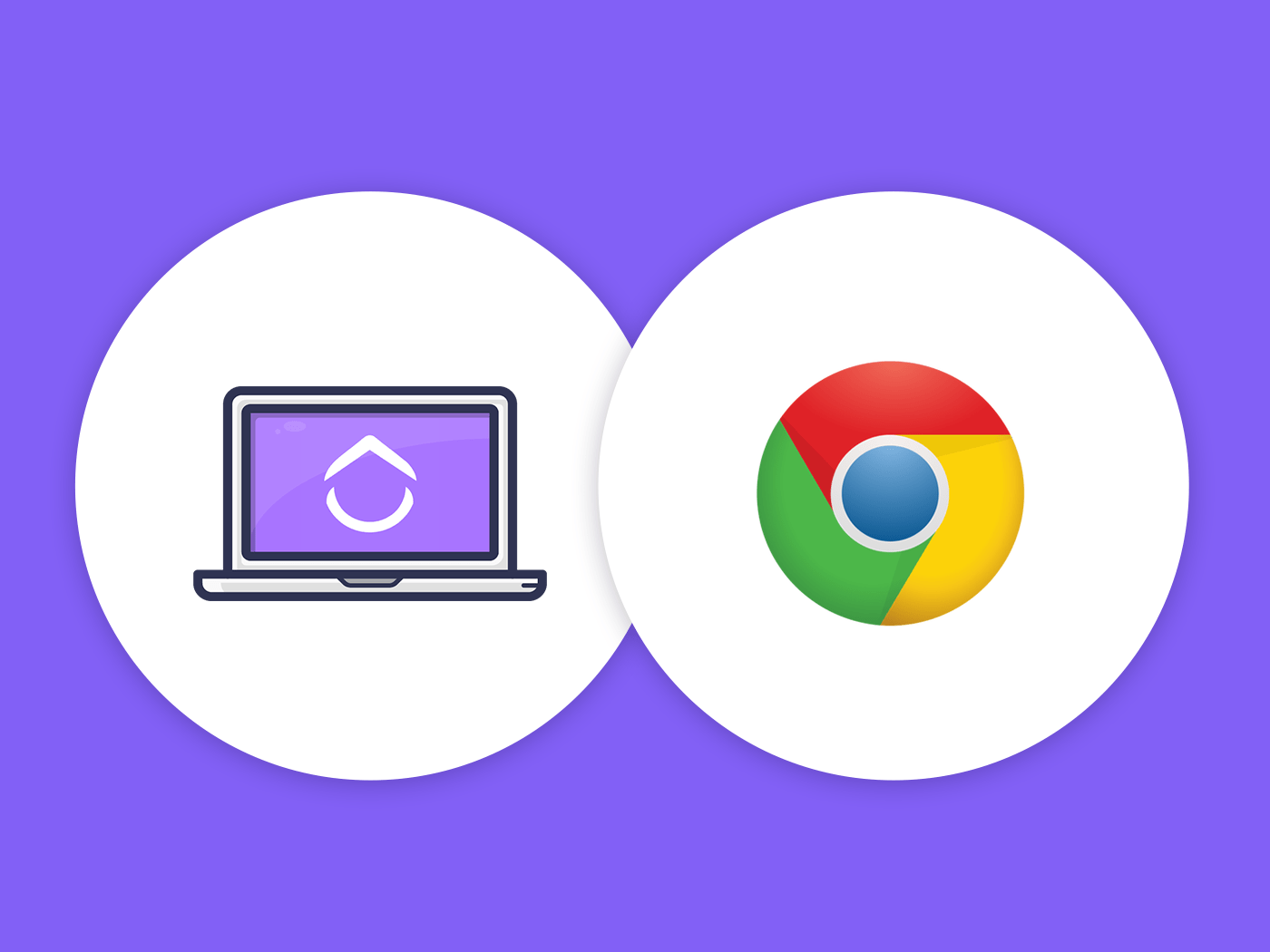

If you have access to Photoshop or GIMP, Full Page Screen Capture makes it pretty easy to capture an entire webpage using either program. You can even adjust the dimensions of an image after capturing it. And using it is pretty straightforward: click the three little buttons above the toolbar to activate the screenshot tool, then drag across the area you’d like to save. Nimbus Screenshot is the screen grabber from the company behind Gmail, Google Calendar, and Google Talk. A portion of the screenshot will appear to be taken along with the keyboard shortcut you’ve chosen. Just open up FireShot’s main toolbox, position your cursor where you want the screenshot to appear, and start pressing the keys listed onscreen. Although we haven’t heard much about FireShot since last year, the extension is still present in Firefox Nightly and Opera and is very easy to use. If you want to change the name on the screenshot before uploading it, just head over to Options, Privacy, and edit the file.įireShot was initially developed by Firefox creator Brendan Eich, who moved on to create JavaScript. And in case you don’t feel like having the world watch your every move, NinjaCapture lets you hide any or all of the things you want to keep private. The tool also lets you share your screen or video anytime, anywhere, and from any device. NinjaCapture is your best bet if you’re looking for a screenshot solution that can capture the entire web page or a section of it in a snap. Other options include choosing which parts of the screenshot should be saved, allowing you to specify only specific text, links, tables, etc., and adding notes to the file if desired. If you’re after simplicity and convenience, LightShot is the Google Chrome screenshot extension for you! Using this tool is as simple as double-taping anywhere on the page of interest to take a screenshot. Now, whenever you tap anywhere on the page, a recording is made. To turn on the feature, go to Options, then Privacy Settings, scroll down to Web Content, and click the “Record audio/video while browsing” option. In addition to capturing entire pages, Capture Tap Screenshots also lets you choose specific elements. Once captured, you can upload it directly to a hosting service on the fly using the “Share” button found near the bottom right corner. This next tool offers more advanced options than those available to us in Awesome Screenshot, allowing you to adjust the size of the image you’re taking, add annotations, and even crop areas. You’re presented with an interface that allows you to select the part of the window you want to screenshot, as well as set options like whether you wish to automatically send it via email or upload it to a website for sharing. The first tool on this list is quite simply the easiest way to take screenshots without leaving the page at hand.

We’ve rounded up our top ten favorite tools below: Thankfully, there are plenty of ways to get started with capturing images from within the browser. Another slight catch is that Google Chrome is a powerful browser with several options and features, such that it can be challenging to know where to start when looking to save screenshots. So, what’s the best alternative? You guessed it – taking a screenshot of your targeted information from within the browser. But there’s a small catch you’ll always have to be online every time you need to review your bookmarked data. Need to capture and preserve some crucial data from your Google Chrome browser for later review? One could argue that the easiest way to realize that feat is by bookmarking the page.


 0 kommentar(er)
0 kommentar(er)
